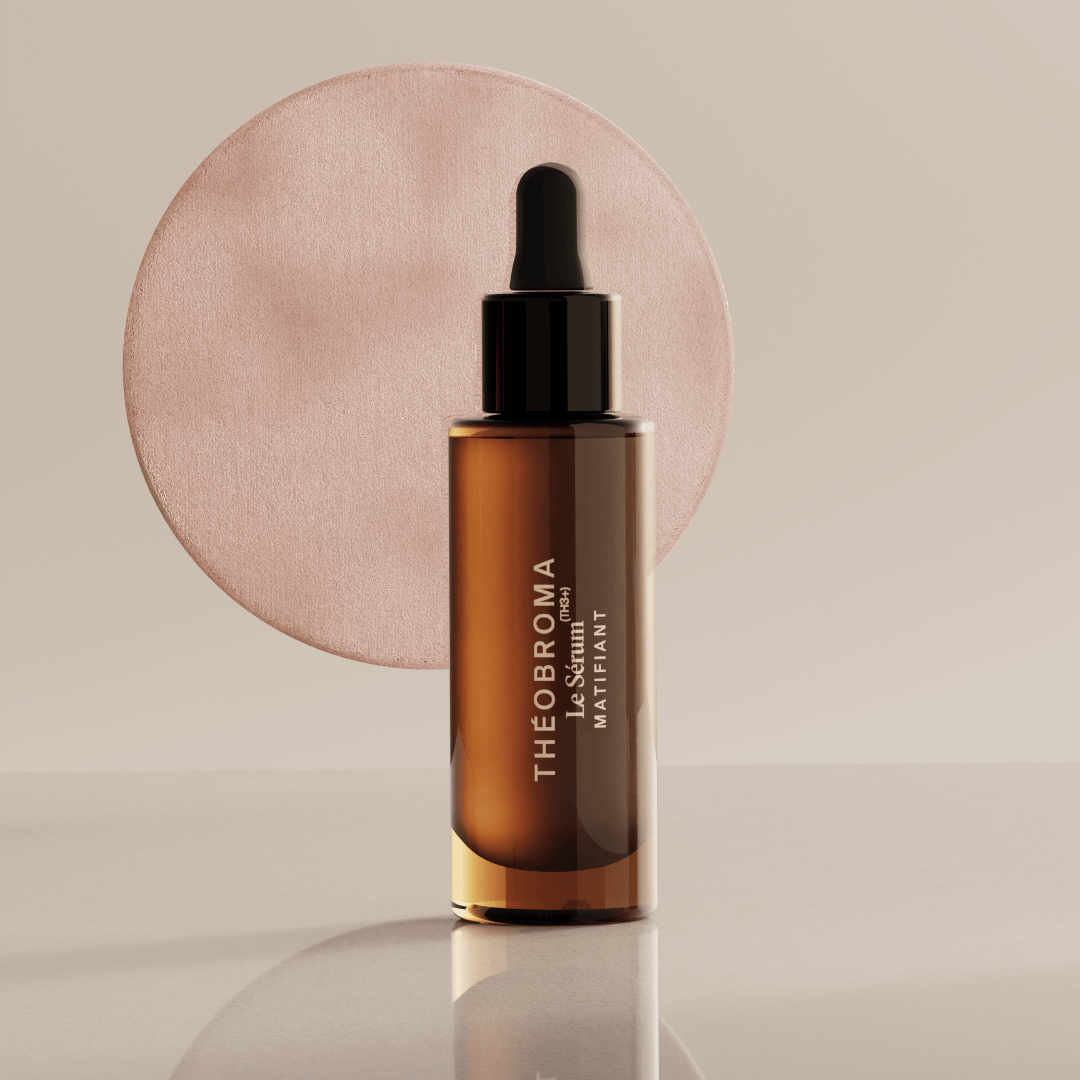Aging is part of the human condition. Yet, for several years now, a keyword has been stirring up buzz in the beauty and health industries: reverse aging . But behind this spectacular promise to reverse the signs of aging, is there a simple marketing strategy or a genuine scientific breakthrough ?
What is “reverse aging”?
The term "reverse aging" literally means reversing aging . Unlike traditional anti-aging treatments, which aim to slow the appearance of wrinkles or improve skin firmness, reverse aging claims to go further: repairing cells and rejuvenating the body from the inside out .

The science behind reverse aging
Researchers are closely interested in the mechanisms of aging:
-
Telomeres , the protective "caps" at the ends of our chromosomes, shorten with age. Their protection could slow down or even reverse some of the effects of time.
-
Cellular senescence : Some aging cells stop functioning properly and accelerate the process of tissue degradation. New molecules called senolytics seek to eliminate these "zombie" cells.
-
Epigenetics : Our genes don't change, but their expression varies depending on our lifestyle (diet, stress, sleep, pollution). Research shows that we can "reset" certain biological markers of aging.
Reverse aging: between dream and reality
Today, the laboratory results are promising, but we must remain cautious:
-
Conclusive tests on animals do not yet guarantee effectiveness in humans.
-
Many brands are surfing the term “reverse aging” without solid evidence, using mainly scientific vocabulary to seduce.
-
On the other hand, certain validated practices – nutrition rich in antioxidants, regular physical activity, stress management, adapted skin care – already show a real effect on skin quality and vitality.
The role of cosmetics in reverse aging
Even if science has not yet found the miracle pill, new-generation cosmetics are directly inspired by these discoveries to push back the limits of time. Today, formulations no longer simply camouflage the signs of aging: they seek to act deeply on cellular mechanisms .
Among the most promising innovations, we find:
-
Biotechnological active ingredients , capable of stimulating cell regeneration and improving communication between skin cells.
-
Peptides and growth factors , which encourage the production of collagen and elastin, thus strengthening the firmness and elasticity of the skin.
-
Theobromine , a natural molecule extracted from cocoa, is known for its antioxidant and stimulating properties. It promotes microcirculation, helps neutralize free radicals responsible for premature aging and restores visible radiance to the skin. It is a valuable ally in a holistic approach to reverse aging .
-
Clean and natural formulations , respectful of the skin microbiome, which optimize effectiveness while preserving the skin's balance.
By combining cutting-edge science and the richness of natural ingredients, cosmetics open a path towards more harmonious aging , where prevention and repair go hand in hand.
So, myth or revolution?
Reverse aging is both a powerful marketing concept and a serious scientific avenue . Recent advances point to a future where we can not only slow down, but perhaps one day reverse, some of the markers of aging.
In the meantime, the secret lies in the overall balance: a healthy lifestyle, care rich in high-performance active ingredients such as theobromine, and informed choices of beauty products .




